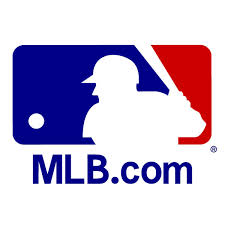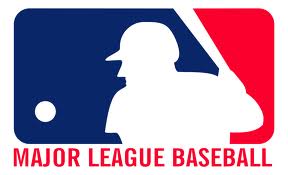Generally recognized as perhaps the best-connected sports stadium anywhere, AT&T Park in San Francisco will greet fans for the 2014 baseball season with upgrades to make the technology experience even better than before, with upgraded Wi-Fi and DAS, as well as Apple’s new iBeacon technology.
In a press release sent out earlier this week the Giants said that they and partner AT&T had been busy this offseason adding upgrades to the Wi-Fi network that has hosted more than 1.85 million visitors since it first went online in 2004. According to the Giants the park now has 1,289 access points for its free Wi-Fi service, second in number only to the Dallas Cowboys’ home, cavernous AT&T Stadium in Dallas.
On the DAS side of things AT&T Park now has a completely new headend system that fully supports both AT&T and Verizon versions of 4G LTE signals. According to the release T-Mobile and Sprint services will join the DAS later this year.
Like many other MLB parks the Giants’ home will now feature Apple’s iBeacon technology, which is basically low-power Bluetooth connections that can communicate with nearby Apple iOS7 devices. Though phones may now run out of juice quicker at the park if you need to leave both Wi-Fi and Bluetooth on, it should be interesting to see how fans respond to the iBeacon deployments, whether they find them helpful or annoying. MSR will keep following the iBeacon deployments through the year, and we encourage any and all fans who use the system to tell us how it worked.
This year the Giants will also be working in partnership with the Pogoseat app for instant at-the-game ticket upgrades. The feature will be available in the Giants version of MLB’s At the Ballpark app, where Giants fans will be able to search for better seats to pay for while at the park. Of course you can always try the time-honored method of just sneaking into empty seats in later innings of the game, but there is no app for that.








